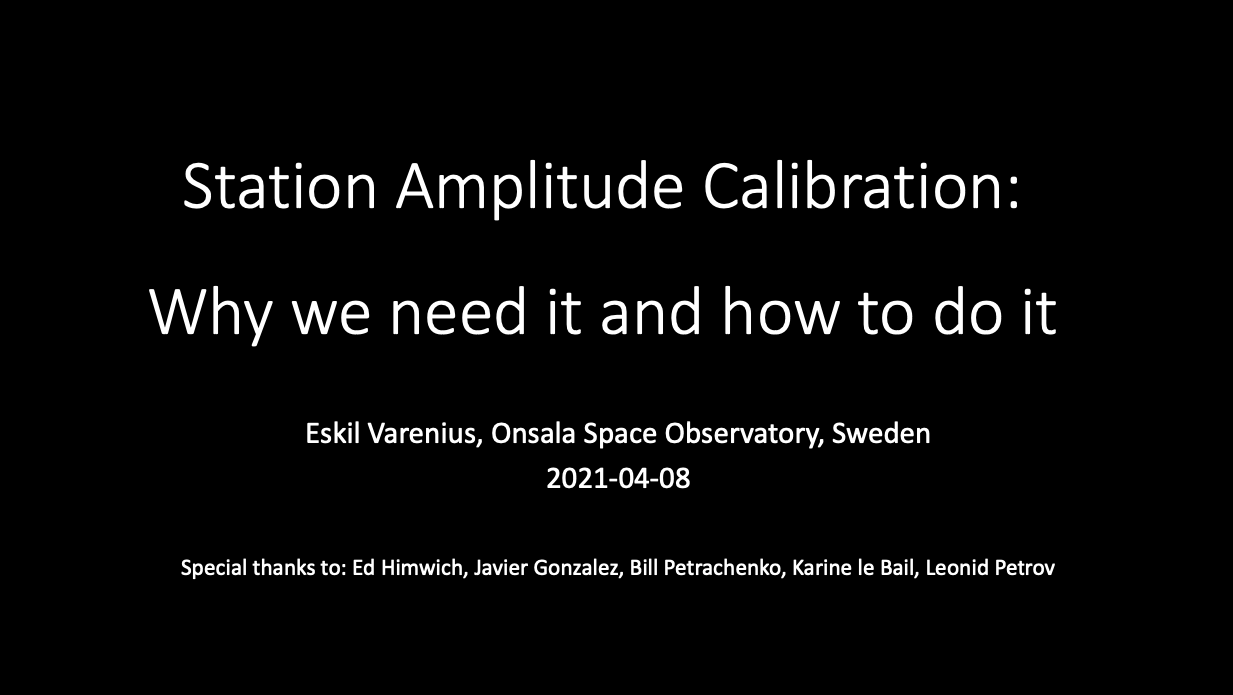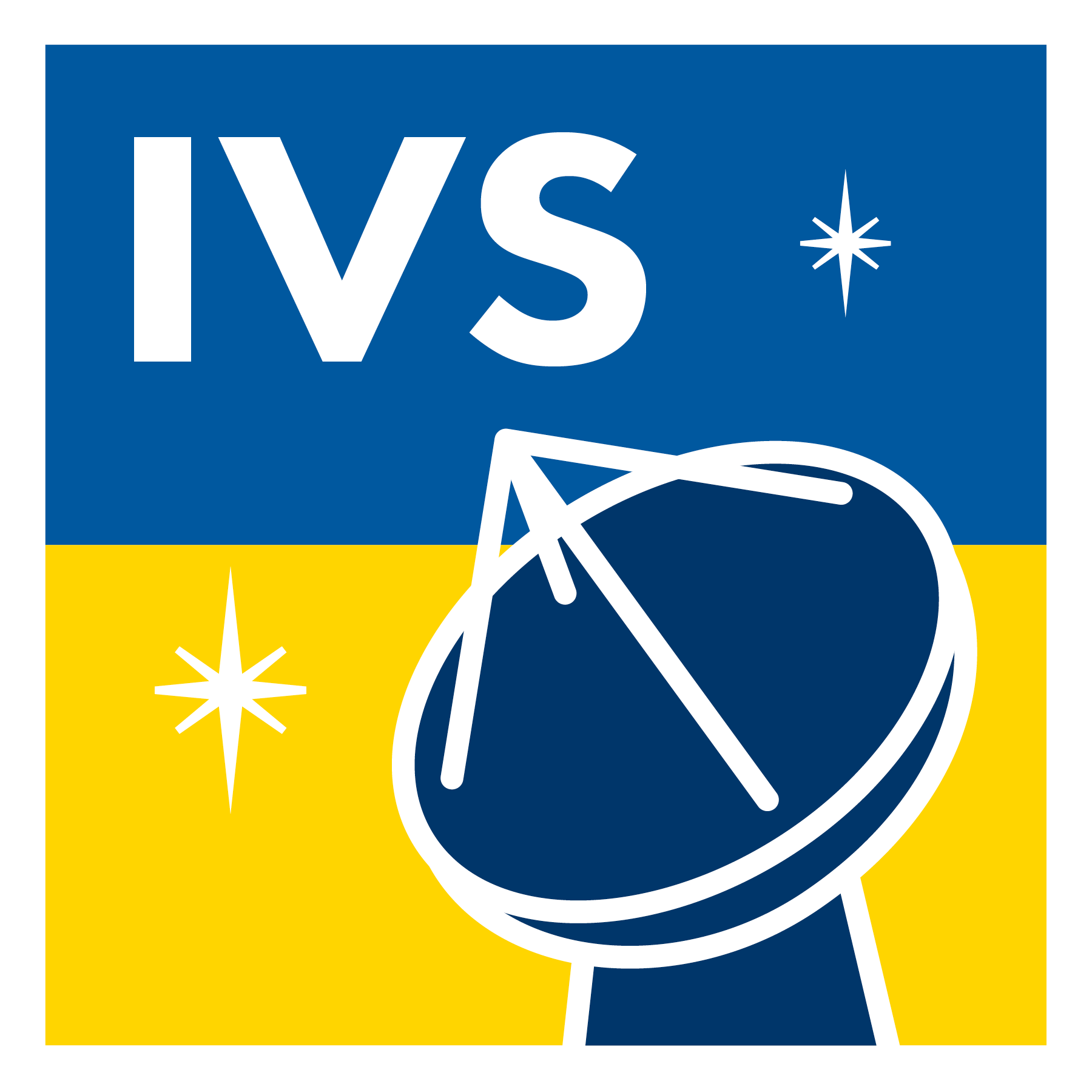Eskil Varenius held an excellent seminar on amplitude calibration at the 8 April 2021 VGOS Technical Committee (VTC) meeting. This topic is of high relevance for the VGOS stations. His presentation slides and a recording of the seminar are linked below. (Thanks to Dirk Behrend for the coordination of this event.)
Title: Station Amplitude Calibration: Why we need it and how to do it
Speaker: Eskil Varenius, Onsala Space Observatory
Summary: In this talk I summarize the background and steps required to make a centimeter-VLBI station deliver amplitude calibration data once per second with ~10% uncertainty. The methods apply to both VGOS and other (e.g., S/X) centimeter wavelengths, but I avoid high-frequency (>15 GHz) techniques (which may require opacity corrections). I start from the very basics: what we mean by “amplitude calibration” and why we need it (in particular for geodesy). I describe in detail some common acronyms like TSYS, DPFU, TPI, and SEFD and how they relate to each other. I discuss some aspects of hardware: noise diode calibration, telescope gain curves, and backend TPI logging. I give brief examples of how to use Field-System tools (ONOFF, ACQUIR, GNPLT) to measure the noise diode power and the telescope gain vs elevation.
Erratum: The original presentation file used an incorrect formula on slide 4. The updated PDF has the correct version (while the recorded seminar shows the incorrect one).
slides (PDF): station_amplitude_slides.pdf
seminar video (MP4): station amplitude_video.mp4

